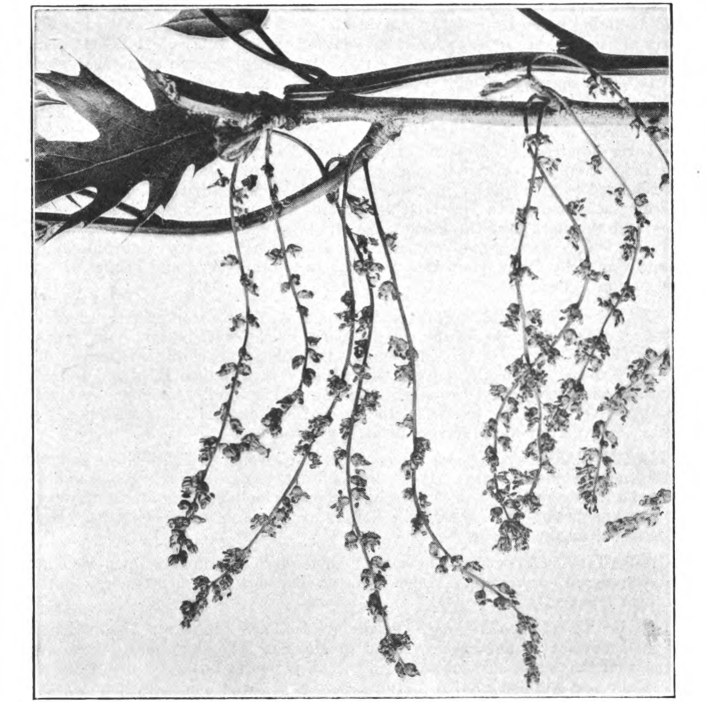
Fig. 10. — Red Oak (Quercus rubra). Photographed by Lovell.
OAK (Quercus). — A large genus containing about 250 trees and shrubs found chiefly in North America. The red oak (Q. rubra), the white oak (Q. alba), and the live oak (Q. virginiana), are three common and well-known trees. All the oaks are wind-pollinated. The green or reddish flowers are monoecious, or the stamens and pistils are in different flowers on the same tree. The staminate are in drooping catkins, and the pistillate are solitary, or few in a cluster. The trees bloom in spring with the appearance of the leaves. (Fig. 10.)
The bloom of the oaks is entirely nectarless, since this genus relies wholly on the wind for pollination. There is not a trace of a nectary in the flowers, yet there is a very general impression among beekeepers that the oaks are a source of honey. Thus a Florida beekeeper writes: “Last spring the bees stored 150 pounds of oak honey. I have known for several years that the oaks yield nectar.” Many other beekeepers have made similar statements. Honey-dew is often very abundant on the foliage of the oaks, and, as has been described in the chapter on honey-dew, the bark-lice, which secrete this sweet liquid, are not infrequently mistaken for buds or galls. When the honey-dew is light-colored and fairly palatable, it may easily be mistaken for honey.
OLIVE (Olea europea). — The olive may be grown in most of the foothill sections of the interior valleys of California as far north as Redding. The small white